

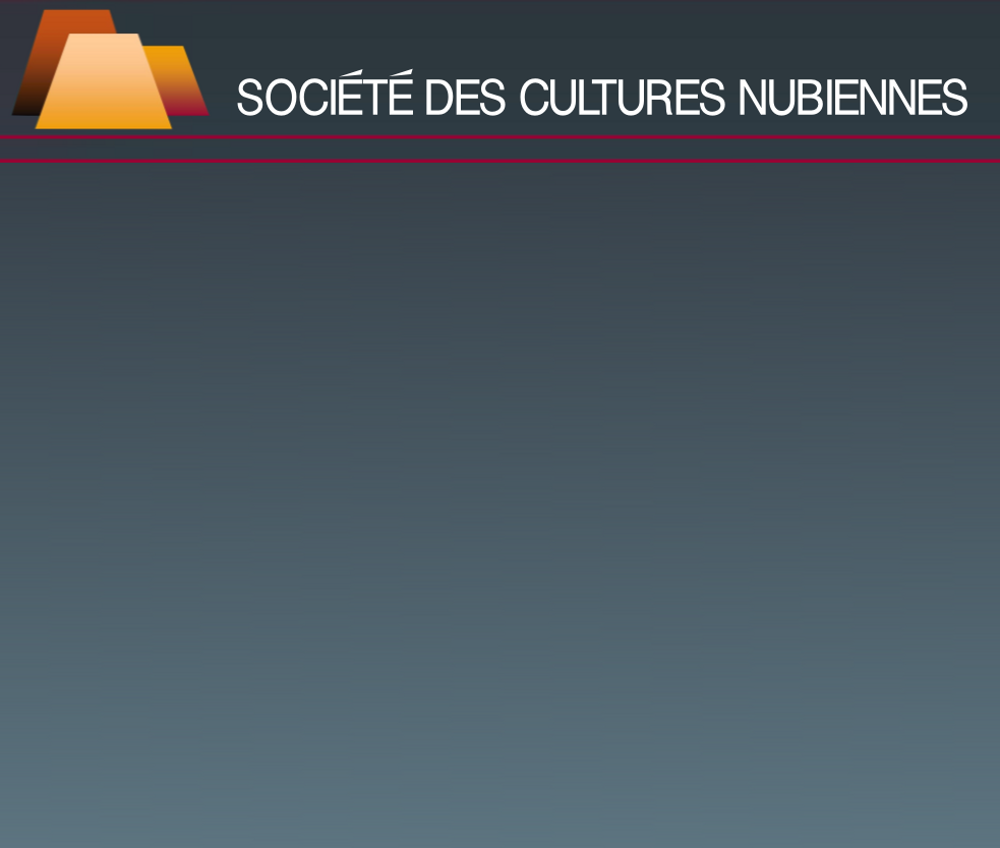
|
KURGUS
Since 1998 an archaeological mission from the British Museum and the Sudan Archaeological Research Society has undertaken the study of Kurgus. The site is located some 40 km to the south of Abu Hamed and 520 km to the north of Khartoum, between the Fifth and Fourth Cataracts.
Archaeological research has shown the presence of a fort of Christian date, a cemetery dating to the post-Meroitic period and inscriptions on a quartz outcrop, the Hagr el-Merwa, standing 23.60 m high and some 40 m long.
For generations, this outcrop was thought of as sacred by the local Nubian tribes, that carved on it representations of animals. The Egyptian conquerors adapted this focus for rock art into a frontier stela that marked, from the beginning of the XVIII Dynasty, the limit of Egyptian influence. Inscriptions represent Thutmose I and Thutmose III before the god Amun, lions symbolising the two sovereigns and two bulls with reference to the Amun-Ra-Kamutef. Thutmose I relates his exploits: 'No king has reached Kush since the time of Horus, with the exception of his Majesty', and Thutmose III reiterates this assertion.
These inscriptions are the southern copy of texts placed by the same sovereigns at Naharina (Lebanon) to delimit the northern frontier of the Egyptian Empire. At Kurgus the name of Ramses II is present thanks to his Nubian viceroy, Setau. One notices a number of titles and names of priests and scribes, military officials, and civil servants that accompanied the expeditions to the Hagr el-Merwa. The great royal wife of Thutmose I, Ahmes, the mother of Hatshepsut, is mentioned. Today, this site, isolated on the desert plain, evokes the ancient times when Egypt was about to become a New Kingdom thanks to the Nubian world.
See on the slide show, the drawings of W.V Davies |
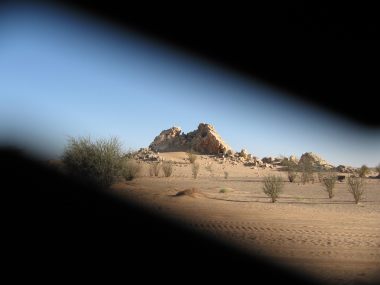 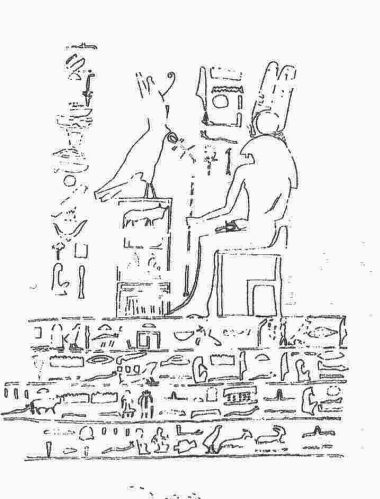 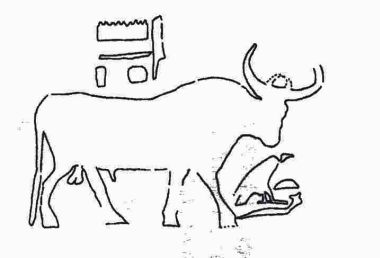 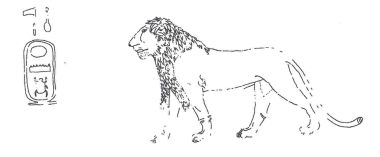 Quartz rock on Kurgus site, situated between the Fifth and the Fourth cataracts on the eastern side of the Nile / Rocher de quartz du site de Kurgus situé entre les Cinquième et Quatrième cataractes sur la rive orientale du Nil
Bas-relief showing on one of the walls of Kurgus rock, the god Amon linked to the god Seth, giving life and power to the Horus Thotmes (With the courtesy of W. Vivian Davies, British Museum of London) / Bas-relief montrant sur une des parois du rocher de Kurgus, le dieu Amon, associé au dieu Seth, donnant vie et puissance à l'Horus Thotmès (avec l'aimable autorisation de W. Vivian Davies, conservateur du département Egypte et Soudan antiques du British Museum - Londres)
Bull symbolizing usually the egyptian kings (with the courtesy of W. Vivian Davies, British Museum of London) / Taureau symbolisant en général les souverains égyptiens (avec l'aimable autorisation de W. Vivian Davies, conservateur département Egypte et Soudan Antiques au British Museum de Londres)
Lion carved on the Kurgus rock representing the king Thotmes III (with the courtesy of W. Vivian Davies, British Museum of London) / Lion gravé sur le rocher de Kurgus, représentant le roi Thotmès III (avec l'aimable autorisation de W. Vivian Davies, conservateur du département Egypte et Soudan Antiques au British Museum de Londres)
|